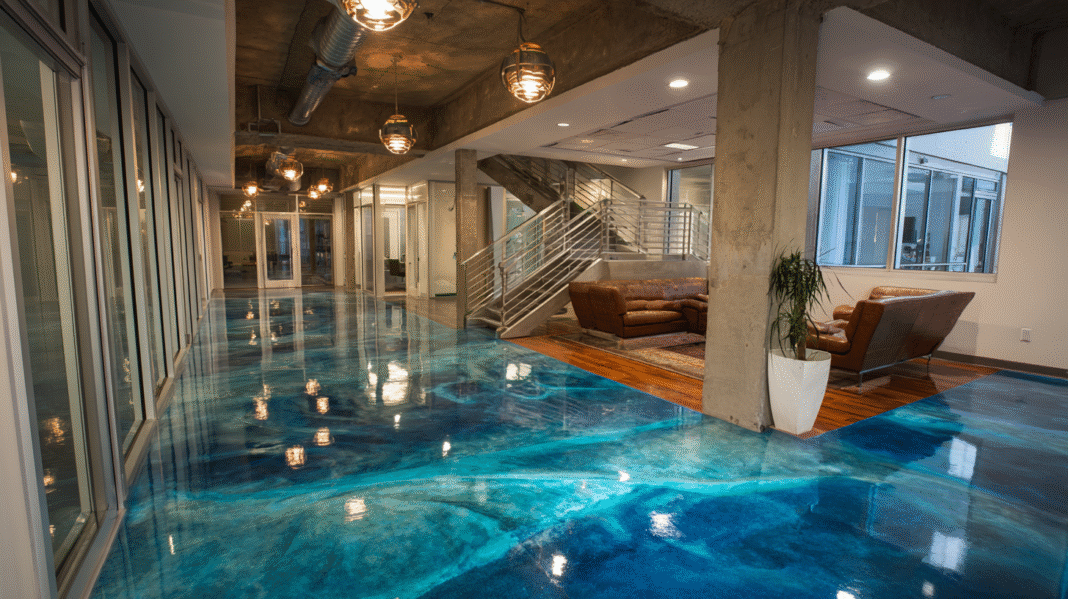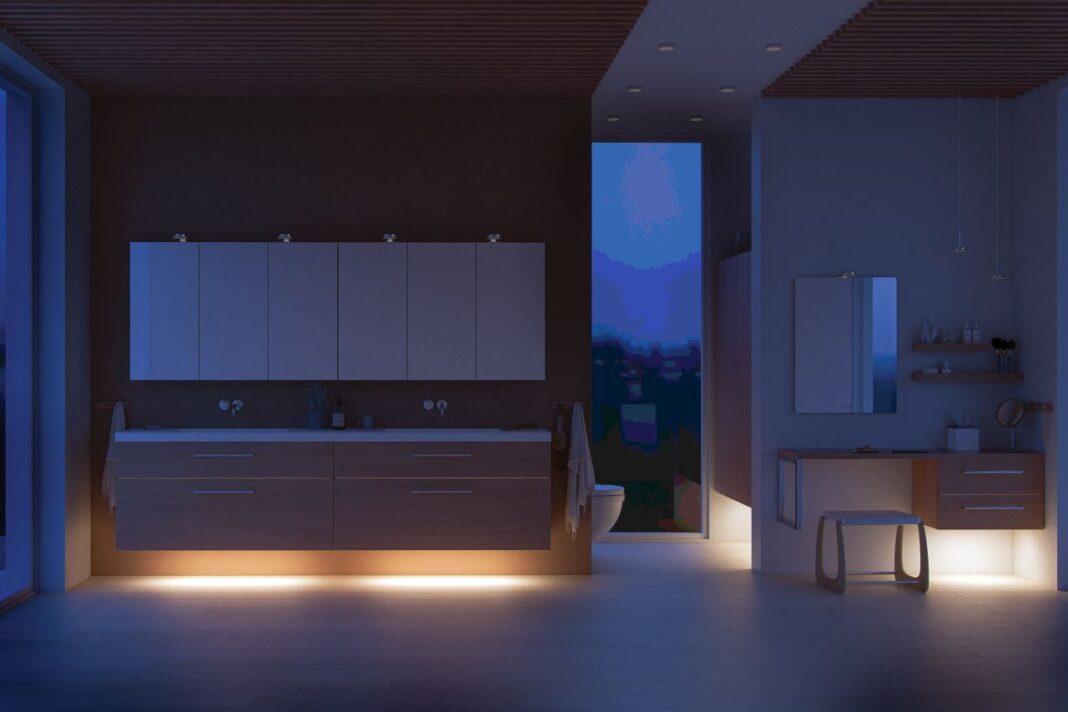Choosing commercial flooring means balancing durability, safety, and budget. In retail halls, medical centers, or food-production facilities, the floor endures constant cart loads, aggressive cleaning agents, and frequent temperature swings. When a coating is unsuited to these conditions, it quickly loses its appearance and triggers costly repairs and downtime.
Criteria for Evaluating Commercial Flooring
Before comparing specific materials, precisely define the site’s requirements: traffic type, expected chemical exposure, cleaning regimen, and design concept. Only then do the following data-sheet metrics gain practical meaning:
- Mechanical resistance. Will the coating handle forklifts, carts, and high heels without cracks or potholes?
- Chemical inertness. Kitchens, laboratories, and auto shops demand resistance to acids, alkalis, and oils.
- Coefficient of friction. Safe movement for staff and customers depends on whether the floor keeps its grip when wet.
- Ease of maintenance. How easily can stains be removed, and is regular polishing required?
- Aesthetic possibilities. Color range, gloss level, and pattern options must suit brand style or interior demands.
Accurate evaluation prevents scenarios in which an attractive but slippery floor needs costly anti-slip mats or frequent replacement due to scratches.
Why Epoxy Floors Are Gaining Popularity
Poured epoxy floors have recently become a popular alternative to tile and vinyl rolls in stores, logistics centers, and dining venues. Applied as a seamless layer of resin and hardener over concrete, they provide high mechanical strength and hygiene.
Advantages and Drawbacks of Epoxy Coatings
No solution is universal: before selecting epoxy, weigh both strengths and weaknesses along with the cost of substrate preparation. The quality of the concrete slab and the contractor’s skill determine whether a polymer surface lasts ten years without cracks or begins flaking after a single year of heavy use. Speedway’s certified specialists use only high-grade epoxy systems that meet strict standards.
Key advantages:
- Wear resistance. Six to seven times harder than bare concrete; tolerates forklift traffic.
- Chemical inertness. Resists yellowing from acids, alkalis, and solvents.
- Seamlessness. No joints means less dirt and bacterial buildup.
- Customization. Options include clear layers with logos, metallic effects, or chip-flake designs.
- Anti-slip additives. Quartz sand boosts safety in wet zones.
Notable disadvantages:
- Cold surface. Feels like tile; comfort areas may need under-floor heating.
- Acoustics. Hard finish amplifies footstep noise.
- Base requirements. Any concrete unevenness will telegraph through the coating.
- Curing time. Full loading is possible only after 3–7 days.
A rational flooring choice involves more than material—it requires proper substrate preparation and strict installation technique. Together, these factors ensure the coating remains safe and visually appealing for its entire planned service life.

